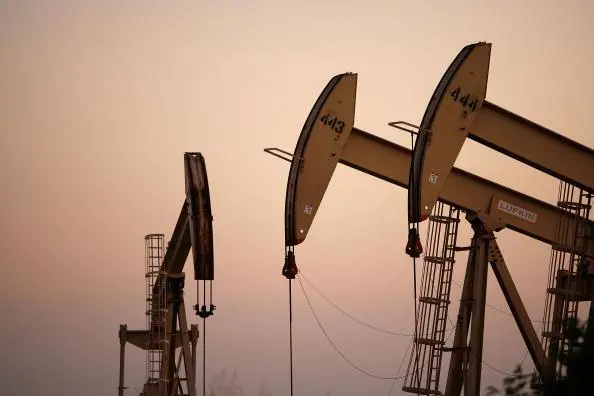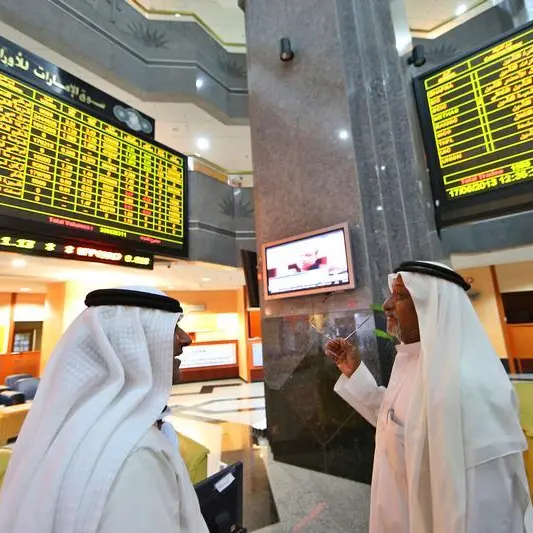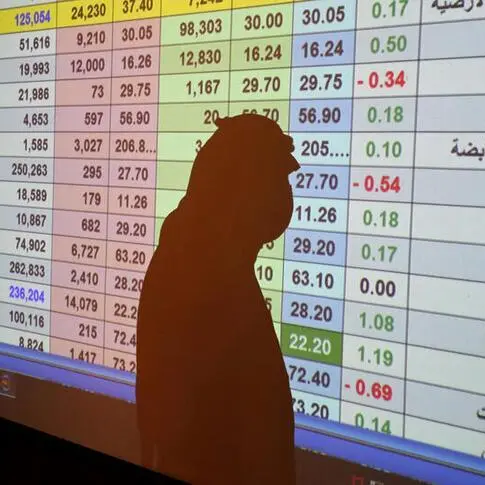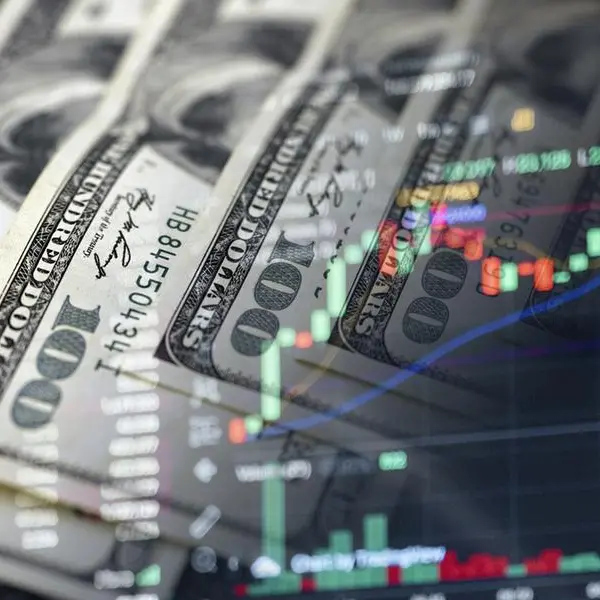PHOTO
NEW YORK - Oil prices were up slightly in heavy, seesaw trading on Friday, giving back most earlier gains after news that major producers would consider additional supply a day after U.S. President Donald Trump again blasted the cartel.
Investors grappled with whether the Organization of the Petroleum Exporting Countries and non-OPEC producers will offset a shortfall from Iran once U.S. sanctions go into full force Nov. 4. Major producers are scheduled to gather in Algeria on Sunday.
"The question is just how much oil is going to be taken off the market with U.S. sanctions on Iran," said Gene McGillian, director of market research at Tradition Energy in Stamford, Connecticut. Compounding declining production in Venezuela, Iran's production cuts could lead to a much tighter supply picture, he said. "I think that the market is building up energy for another try at multiyear highs."
Global benchmark Brent crude settled 10 cents higher at $78.80 a barrel. U.S. light crude rose 46 cents to $70.78 a barrel, more than $1 below the session high of $71.80.
U.S. crude rose 2.5 percent in the week and Brent posted a 0.7 percent weekly gain.
In early trade, supply worries sent Brent $1.00 higher to $80.12 per barrel. Prices retreated after a source told Reuters that OPEC and its allies were discussing the possibility of raising output by 500,000 barrels per day. urn:newsml:reuters.com:*:nL8N1W747F Then prices rebounded as investors bet Iran's production cuts would be too great to be fully offset.
The market again reversed course, with traders citing worries U.S. crude would come under pressure in the fourth quarter as inventories build after driving season ends.
On Thursday, Trump linked American support for Middle Eastern countries to oil prices and again urged OPEC to lower prices. His tweet, the coming OPEC meeting and concerns over looming sanctions on Iran made for jittery trading on Friday.
Prices jumped early after a report said OPEC and non-OPEC producers pumped less oil in August than July due to a drop in Iranian supply.
"Iranian crude exports are coming (down) earlier and bigger than expected, at a time seasonal demand is strong. With spare capacity also falling sharply, the market remains exposed to supply-induced price shocks," ANZ Bank analysts said in a note to clients.
Investors piled into the trade, betting OPEC cannot compensate fully for the loss of oil from its No. 3 producer Iran. Traders also fretted that sanctions could prompt Iran to try to curtail crude transport on the strait of Hormuz. The Iranian Revolutionary Guards and army carried out a joint aerial military drill in the Gulf on Friday.
The news that OPEC may increase production by a half-million barrels quickly quelled those concerns.
Jason Gammel, analyst at U.S. bank Jefferies, said he expects Saudi Arabia to try to keep the market well supplied into 2019, "but at the cost of spare capacity," which he said "could fall below 1 percent of demand by year-end if Iranian exports fall below 1 million barrels per day, as now seems likely."
Global supply worries minimized the market impact of weekly data showing energy companies cut U.S. oil rigs for a second week in three. The count dropped by one rig to 866, General Electric Co's GE.N Baker Hughes energy services firm said.
Hedge funds and other speculators cut their bullish wagers on U.S. crude futures and options to the lowest level in about one month in the week to September 18, the U.S. Commodity Futures Trading Commission (CFTC) said on Friday.
The speculator group cut its combined futures and options position in New York and London by 15,972 contracts to 342,839 during the period.
(Reporting By Jessica Resnick-Ault; additional reporting by Christopher Johnson in London, Jane Chung in Seoul and Aaron Sheldrick in Tokyo Editing by Marguerita Choy, David Gregorio and Diane Craft) ((Jessica.Resnick-Ault@thomsonreuters.com; 646-223-6052;))












